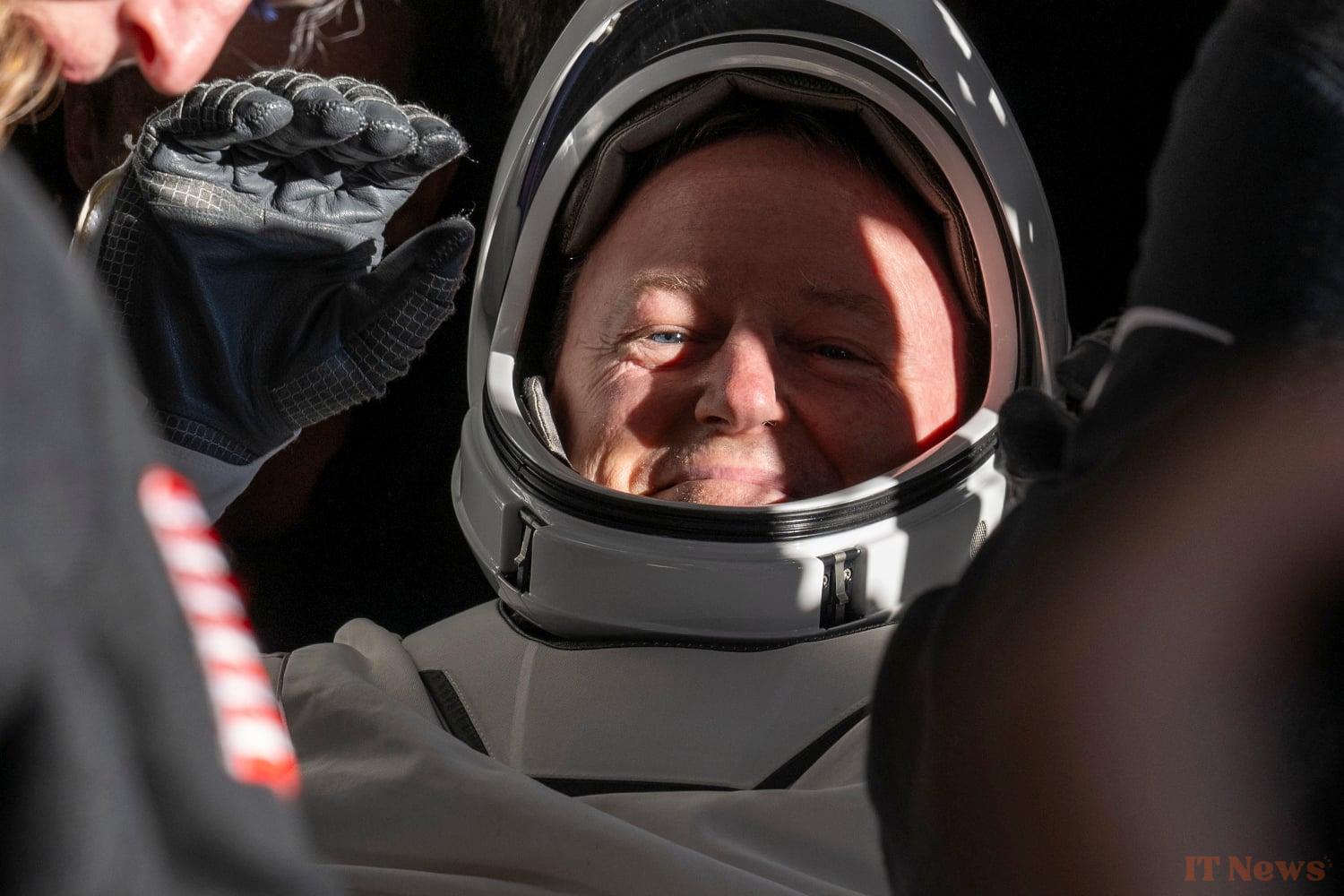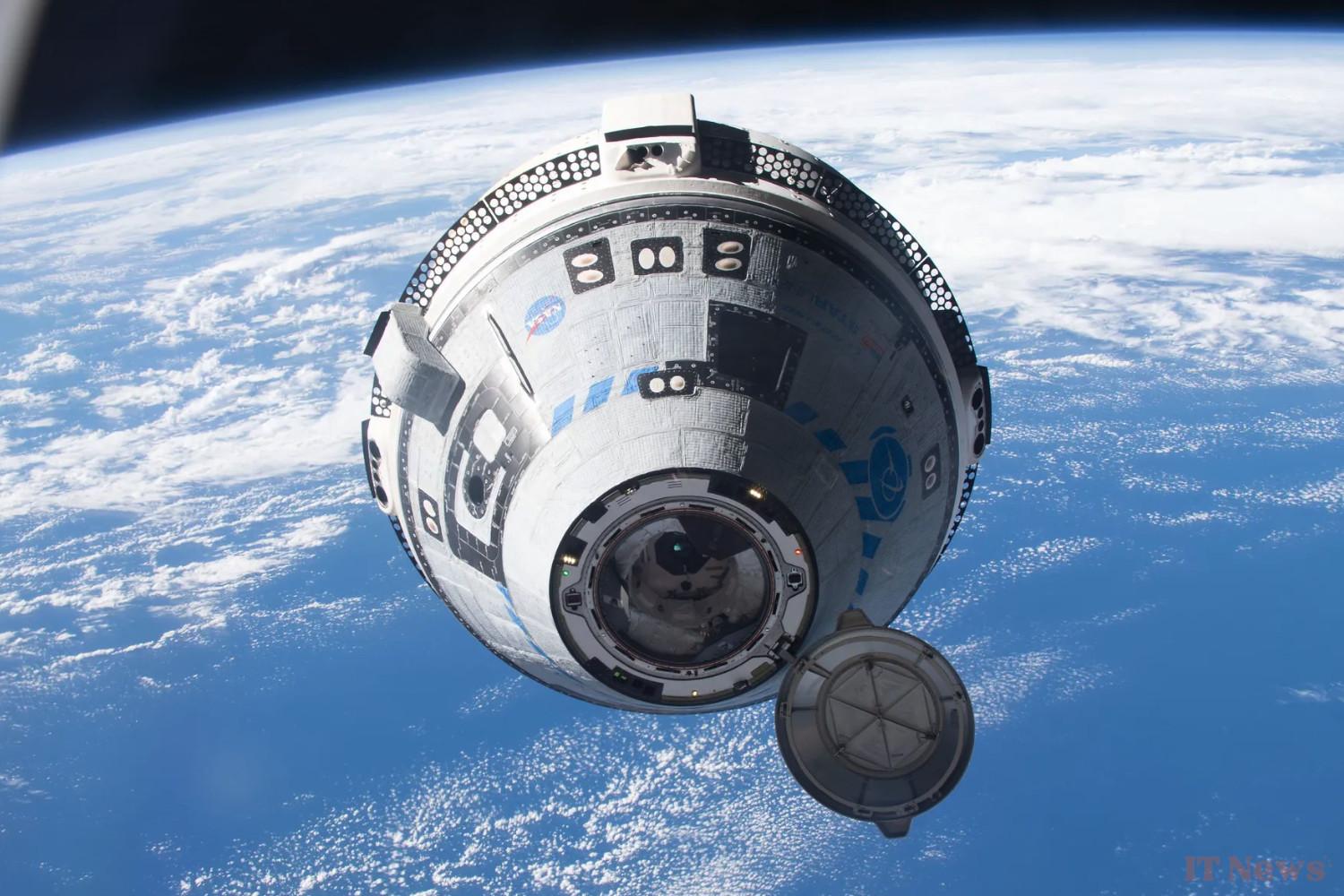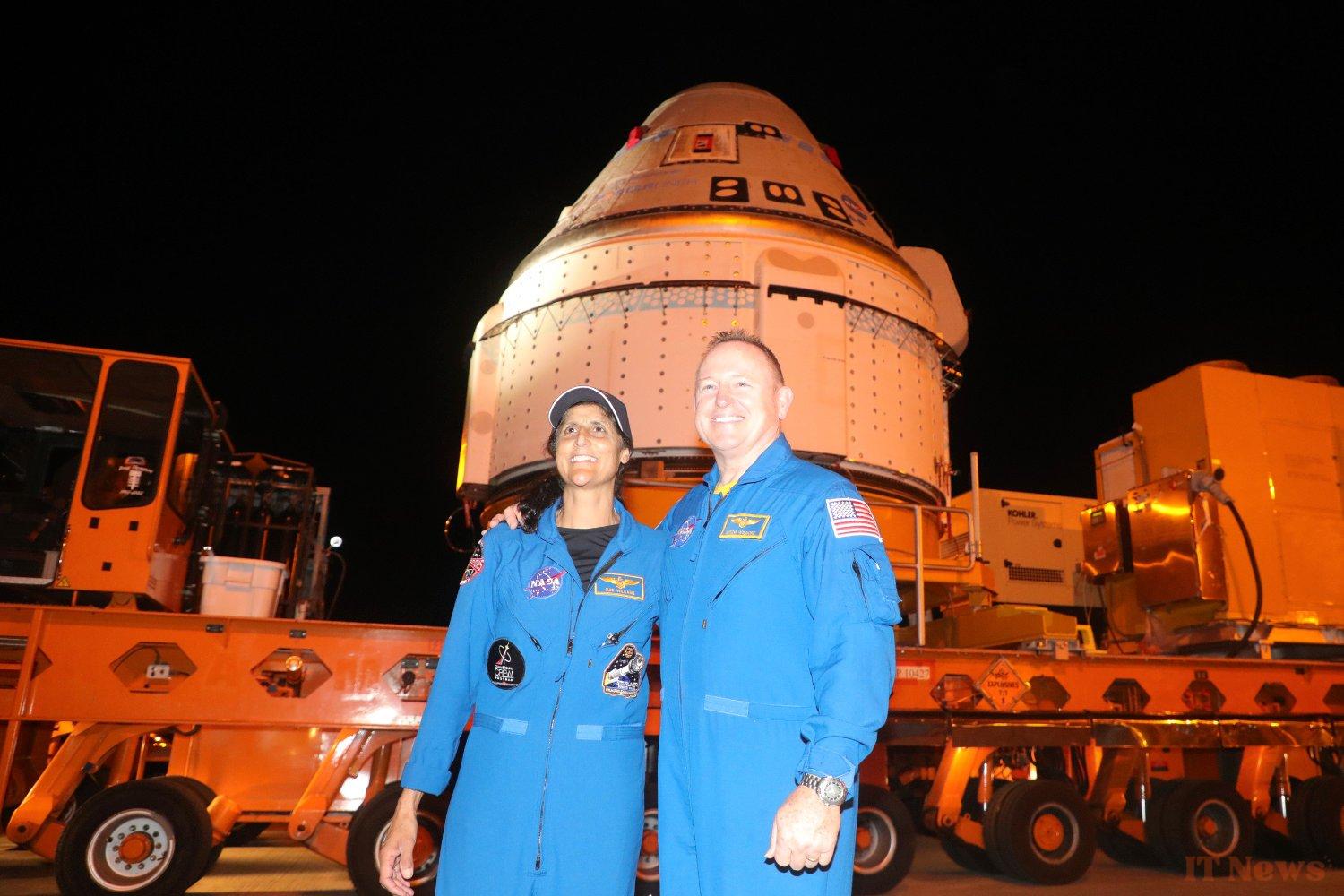The truth always comes out. On Monday evening at the Johnson Space Center in Houston, Texas, Suni Williams and Butch Wilmore wrapped up a day of media interviews—their first since touching down on Earth after returning from a 277-day mission in orbit. Shortly before leaving, Butch Wilmore was scheduled to meet with Ars Technica journalist Éric Berger to discuss a topic long forgotten by the other media guests, who were focused on the politicization of the return to Earth of the two astronauts "stranded" in the International Space Station at the request of President Donald Trump, a few days ahead of NASA's initial schedule.
Rather than discussing their extended stay aboard the ISS, which lasted 269 days longer than planned, the journalist returned to the central problem that had led the astronauts to have to rely on a new SpaceX capsule to bring them back to Earth: the malfunction of Starliner, the first Boeing space capsule in which Suni Williams and Butch Wilmore embarked for the first manned mission. Looking back on the situation and having definitively completed his mission in orbit, Butch Wilmore has opened up and revealed things that NASA or Boeing had never acknowledged before.
It was, to put it simply, a nightmare mission. Behind the Starliner capsule's failures and malfunctions, the two astronauts experienced many scares, and saw their lives pass them by, as the risks of their docking with the International Space Station failing increased. Worse still, an emergency return to Earth was no longer an option if Suni Williams and Butch Wilmore failed to align with the ISS. "We were in a very precarious situation," Butch Williams told Ars Technica. "We had zero tolerance," he added.
The Starliner's serial failures
Butch Williams's story is enough to send shivers down your spine. It was while talking about the low temperatures aboard the Boeing capsule that the astronaut confided. After their takeoff from Cape Canaveral in Florida, perched at the very top of an Atlas V rocket, the two passengers recounted having to put their spacesuits back on when it was not even 10°C in the capsule, which did not bode well for the nominal operation of the Boeing Starliner's systems. However, they needed to rest, before tackling a second day, more complex than the first, where the capsule would have to use its famous valves and thrusters, equipment that had already caused problems on OFT (Orbital Flight Test) flights carried out in 2019 and 2022.
Butch Williams began by saying: Naveed Hussain [chief engineer of Boeing's Defense, Space and Security division - editor's note] asked me what my biggest concern was. I answered: the thrusters and the valves, because we had had failures during the OFT missions. I thought: if we lost the thrusters, we could find ourselves in space without being able to control it. That's what I thought. And what happened? We lost a first thruster." At that moment, when the problems began, the astronaut explained that he had to make the decision to switch to manual mode on Starliner's control, in order to maintain control over the approach to the ISS. But as Starliner approached to within a few hundred meters of the station, a second thruster failed. "We didn't know why. They just let us go," Butch Williams explained, before delving into little-known details about their scares. "Here's the part you probably didn't hear. We lost the third and fourth thrusters. At that point, we had completely lost control over all six degrees of freedom of the Starliner," he explained, while at the same time, his questions with Suni Williams also centered around a plan to follow in the event of losing contact with ground control. Should they continue to attempt a docking? Or risk braking the capsule and launch into a return to Earth with no guarantees? "I don't know if we'll be able to return to Earth at that point. I don't know if we can. And in fact, I don't think we'll be able to. So here we are, with no control over the six degrees of freedom, four rear thrusters out, and I'm visualizing orbital mechanics. The space station is nosediving. So we're not exactly at the station, but below it. Below it, we're moving faster. That's orbital mechanics. We're going to move away from the station. I'm doing all this mentally. I don't know what control I have. What if I lose another thruster? What if we lose communication? What am I going to do?, reports Ars Technica about Butch Wilmore's words. To survive, the Starliner capsule had to do the impossible: given the extremely precarious situation it found itself in, ground engineers at Mission Control asked Butch Wilmore to tell them the most opportune moment when they could cut off all controls on board the capsule, reset the computers and attempt to restart the engines. This attempt was made at a very delicate moment, when tolerance was reduced to zero (meaning that another thruster failure would have completely destroyed the chances of the capsule remaining stable and in control). "Hands free!" Butch Wilmore declared to the control center, before plunging into darkness, and seeing his screens go blank. "Almost immediately, the flight controllers sent a signal to neutralize Starliner's flight computer and turn on the thrusters that had been cut off," Eric Berger recounted after his interview with the two astronauts. For Butch Wilmore, the rest of the events were miraculous. By managing to relight two of the faulty thrusters, mission control narrowly avoided what the astronauts feared most: the loss of the fifth thruster. "I attribute to the providence of the Lord the fact that these two jets returned before the fifth failed," he declared. A lackluster performance, while he specified that "when a thruster was activated, it was like a machine gun." After a second attempt by mission control to relight the engines, Butch Wilmore and Suni Williams finally saw the light at the end of the tunnel, or rather the automatic mode, to carry out the final docking procedure. "I was very worried. In previous simulations, I even told the flight directors that if we found ourselves in a situation where I had to put the system back into automatic mode, I might not do it. And they understood. Because if I have a mode that works, I don't want to abandon it. But since we recovered these thrusters, I told myself that in the end, we were only missing one. All this was going through my head in real time. Then I put the system back into automatic mode. And we docked." Rather than pointing the finger at Boeing's failings, or the long-held silence on the matter, Butch Wilmore wanted to highlight the heroic work, in his opinion, of the engineers at Mission Control, located at the Johnson Space Center in Houston, where he was now interviewed. "These people are heroes. And please print this. What do heroes look like? Well, heroes put their tank in, drive into a burning building, and pull people out. That's what a hero is. Heroes also spend decades in their office studying their systems, knowing them inside and out. And when they don't have time to assess a situation, they know their system so well that they develop a plan on the spot. That's what a hero is." And there are several in the control center." Source: Ars Technica "Hands-free!", or when Butch Wilmore and NASA tried the impossible
What are heroes like?





0 Comments